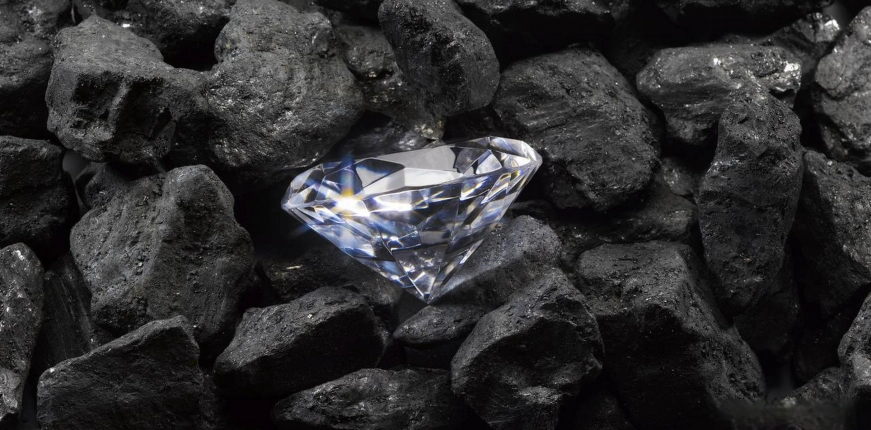Cultured Diamonds: Pioneering a Sustainable Future in the Jewelry Industry
In the realm of jewelry, diamonds have long been symbols of love and commitment. However, with advancements in technology and a growing consumer focus on sustainability, cultured diamonds are emerging as a favored choice in the market. This article delves into the production process, benefits, and the impact of cultured diamonds on the jewelry industry.
What are Cultured Diamonds?
Cultured diamonds, also known as lab-grown diamonds, are gems synthesized in controlled laboratory environments that mimic the natural diamond formation process. They match natural diamonds in chemical, physical, and optical properties but are produced in a more eco-friendly and sustainable manner.
The Production Process of Cultured Diamonds
There are two primary methods for producing cultured diamonds: High Pressure High Temperature (HPHT) and Chemical Vapor Deposition (CVD).
- High Pressure HighTemperature (HPHT): This method simulates the high-pressure, high-temperature conditions in the Earth’s mantle. Carbon atoms are compressed into diamond structures, resulting in the growth of diamonds. This process requires specialized equipment and technology and can produce high-quality gemstone-grade diamonds.
- Chemical Vapor Deposition (CVD):The CVD technique is carried out at lower pressures and temperatures. It uses plasma to break down carbon-based gases, like methane, and deposit carbon atoms onto a diamond seed, gradually growing a diamond. The CVD method can produce diamonds in various shapes and sizes.
Advantages of Cultured Diamonds
- Environmental Friendliness: Compared to natural diamond mining, the production of cultured diamonds is more environmentally friendly, reducing land degradation and ecological impact.
- Sustainability: Cultured diamonds are not dependent on limited natural resources and can be produced continuously, meeting market demands.
- Cost-Effectiveness: Due to lower production costs, cultured diamonds are generally more affordable than natural diamonds, making high-quality diamonds more accessible to consumers.
- Ethical Production: The production process of cultured diamonds adheres to ethical standards, avoiding conflicts and human rights issues associated with natural diamond mining.
Market Trends and Consumer Attitudes
As consumer demand for eco-friendly and sustainable products increases, the market share of cultured diamonds is steadily growing. Particularly, the younger generation is more concerned about social responsibility and environmental issues and is willing to choose products that are kinder to the planet.
Conclusion
Cultured diamonds represent not only an innovation in the jewelry industry but also a shift towards a more sustainable and ethical consumption pattern. With technological advancements and heightened consumer awareness, cultured diamonds are set to play a significant role in the global jewelry market.

